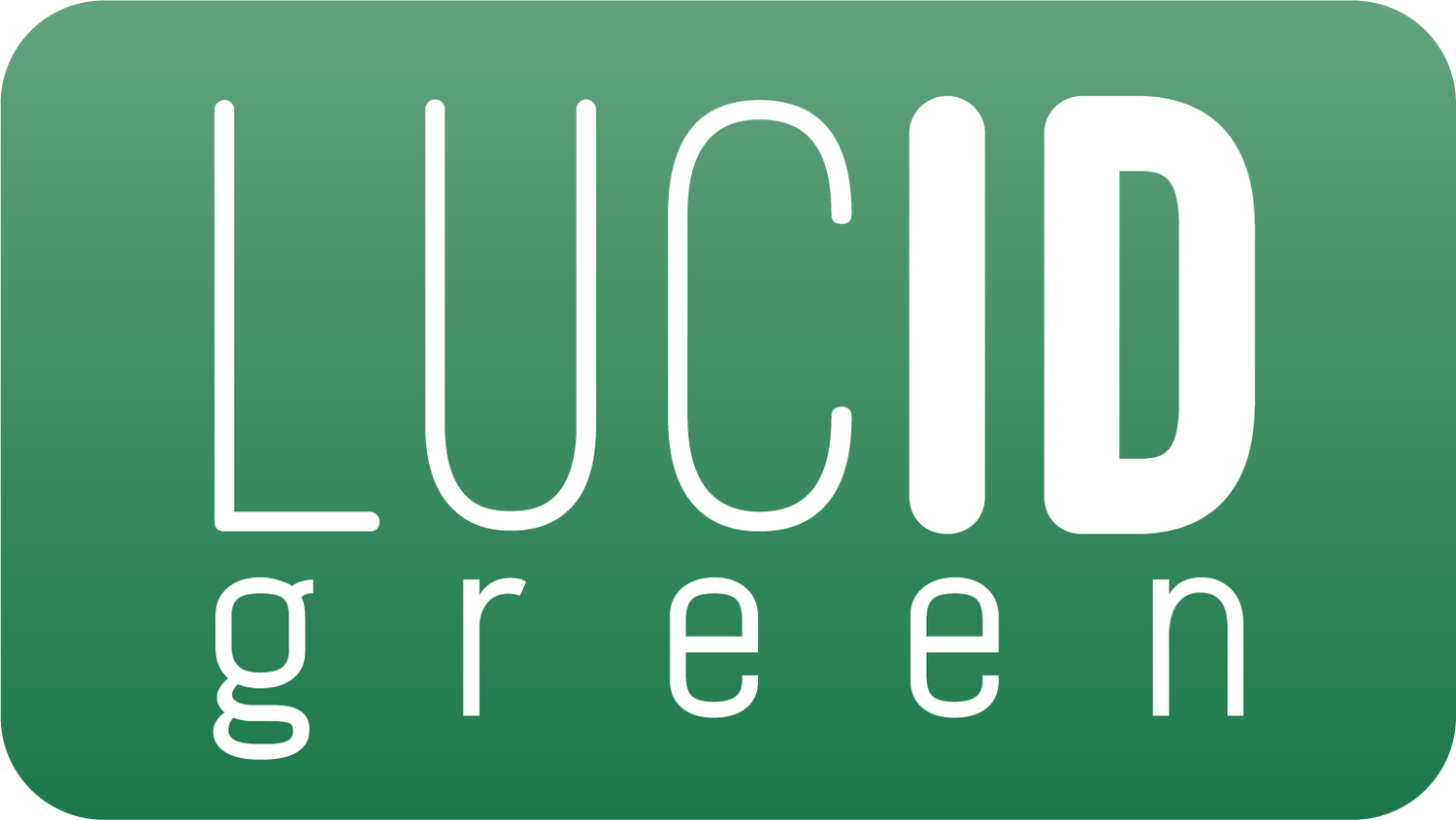Big Isn’t Always Better - Especially When It Comes To THC

Does the THC arms race even make sense?
Public perception is that both cannabis flower and concentrates that come in below a certain THC percentage are “less desirable” than products that come in higher in THC percentage. This has focused product development on delivering high THC levels with less focus on other, arguably as important, cannabinoids. Cannabis producers dread reading certificate of analysis (COA) results when a large batch of concentrates, flower or distillate comes in below the expected THC ranges. They know they’ll hear all about it from either purchasing managers or customers directly.According to a study by CU Boulder researchers, higher THC levels are not necessarily the driving factor in how high cannabis users get. And according to this study published in the Journal of Cannabis Theraputics, cannabis is more of a sum of all of its parts vs one major component in THC. If it’s not just about THC strength, then how do brands develop new products? How does the intended effect coincide with the actual consumer experience?There have been a number of attempts to collect usage data from consumers, but most have been too difficult to scale. The most common technique used by brands has generally been sampling out different variations of new products to staff and gathering feedback based on desired effect, taste profile etc. This results in a very small data set and a new product that is a “winner” in staff testing, might not work out when it rolls out into the general populationOne of the most intriguing value propositions for cannabis brands through the utilization of data platforms like Lucid Green, is the opportunity to do true data-driven product development at scale, that directly benefits the user, as well as potentially allowing the Brand to maximize lower THC yielding crops.Lucid Green users get to add their dosage and effects as part of their overall experience with that Brand’s product. It’s not an add-on or a separate step they have to remember to take. Allowing users to record their dosage for future reference, as well as providing them with valuable information on the products they’re consuming, makes it more convenient for consumers to provide this feedback. There’s real value in showing consumers that they have a very similar experience when they consume a high strength vs medium-strength THC Sativa dominant products. It’s also really useful to know that consuming products with more than 4mg/g of limonene leaves some consumers with sensitive skin, whereas their skin feels great when dosages are below 4mg/g. As consumers log more usage, they’re able to dial in what works for them and what doesn’t. Ultimately platforms like Lucid Green may help consumers discover the right blend of terpenes and cannabinoids, as they consider their next product purchase. Having both user documented effects and the detailed chemical composition of the product (COA) consumed, yields valuable insights when analyzing the correlation between dosage/effect and full cannabinoid/terpene analysis. These aggregated insights could prove invaluable for a Brand’s future product development.There’s a promising new data set for brands and consumers alike, that drives home the goal of providing consistent and enjoyable consumer experiences….. even if that means lower THC numbers!
